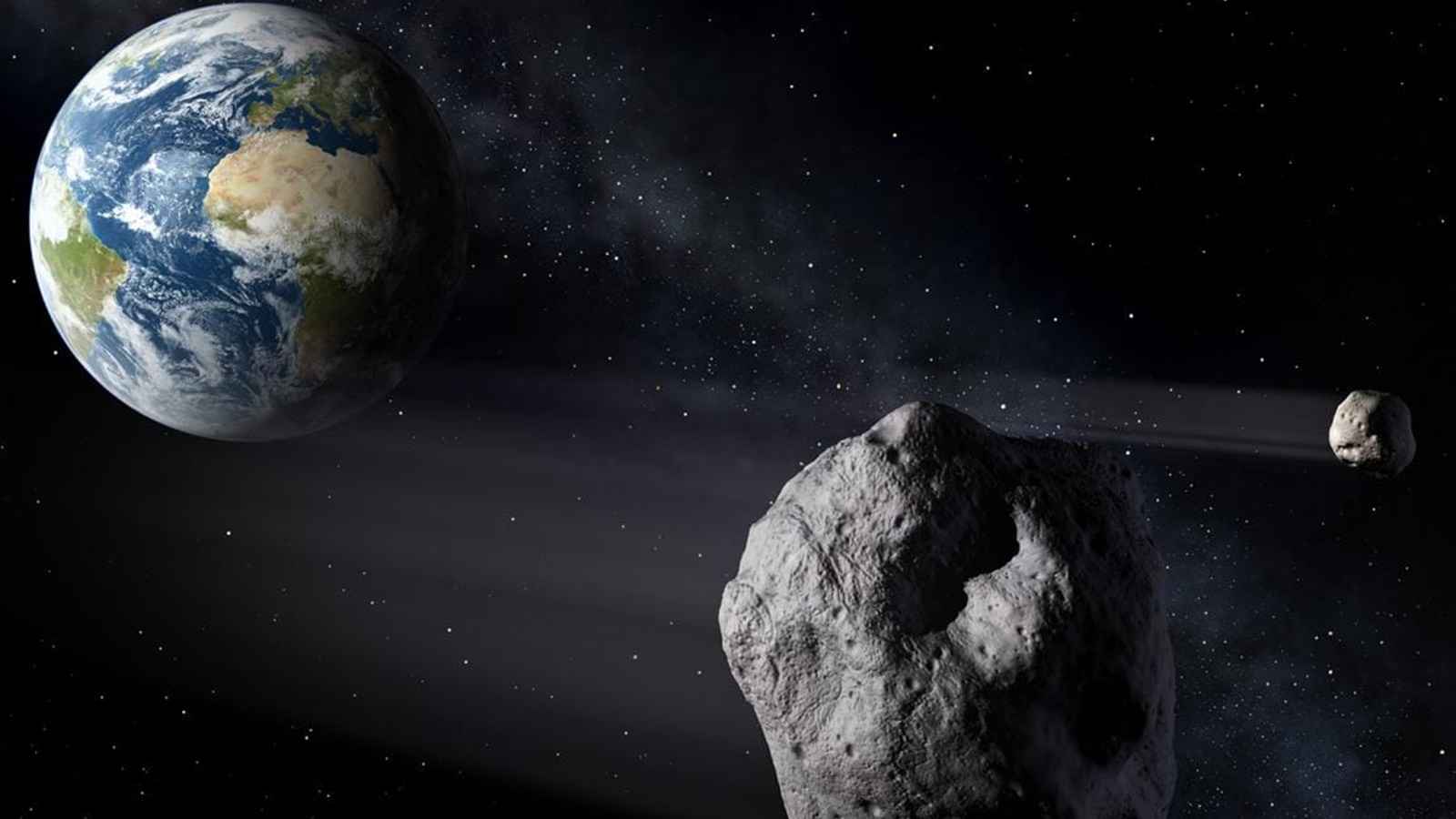Apophis Mission
The Indian Space Research Organisation (ISRO) and the European Space Agency (ESA) are joining forces on the Ramses project, which will focus on the asteroid Apophis. This asteroid is set to pass just 32,000 km from Earth in 2029, presenting a rare opportunity for scientific observation and research. The collaboration highlights a growing global effort to study near-Earth objects.
Objective of the Ramses Mission
The Ramses mission aims to closely monitor the 375-meter Apophis asteroid during its close approach. This mission will provide valuable insights into potential threats and deepen our understanding of space objects.
ISRO’s Role
ISRO Chairman Somanath has expressed interest in engaging with Apophis during its flyby, though specifics of the mission are still being finalized. Discussions with ESA are ongoing to leverage the strengths of both organizations. Historically, asteroids, remnants from the Solar System’s formation, were overlooked. However, their potential impact on Earth has become a significant concern, especially considering past events like the asteroid impact that contributed to the extinction of dinosaurs.
IS4OM Activities and Future Plans
Under the IS4OM project, ISRO has begun preliminary campaigns to observe asteroids and plans to establish specialized telescopes for continuous monitoring. Collaborations with international organizations such as IAWN and SMPAG will enhance asteroid risk assessment and planetary protection efforts. Looking ahead, ISRO aims to strengthen global asteroid research and planetary defense by working with major space agencies like NASA and JAXA.
About ISRO
- Historical Milestones: Established in 1969, ISRO launched its first satellite, Aryabhata, in 1975, marking the start of India’s space exploration. The Mars Orbiter Mission (Mangalyaan) in 2014 made ISRO the first Asian agency to reach Mars.
- Innovative Achievements: Known for its cost-effective Polar Satellite Launch Vehicle (PSLV), ISRO achieved a milestone by launching 104 satellites in a single mission in 2017. The Chandrayaan-2 mission also made a significant contribution to lunar science by discovering water ice on the Moon.




